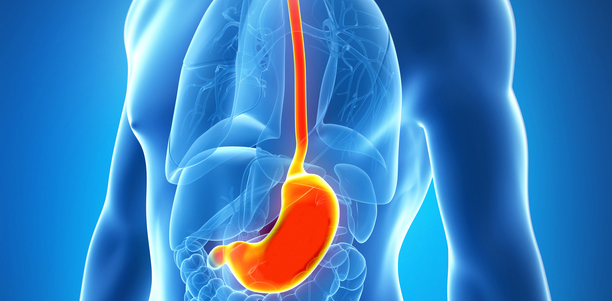Diseases
“The disease does not come at once, but rather is the result of a long series of many minor errors against their own health, which are connected to each other until they topple the head of the wicked.”
Hippocrates (460 – about 370 BC)
The disease is as old as life, because the disease is part of life, or the life of the changed circumstances, as he spoke the famous Virchow. The disease is currently defined as the harmful disturbance of the normal structural and functional state of the organism. Although the boundaries between health and illness is often not clearly visible, the normal state of the organism must be fully understood in order to recognize the characteristics of the disease. Despite all the known facts and dilemmas, the question is what do we know about the benign diseases of the upper digestive system at the beginning of the XXI century: a very common disease, insufficiently known etiopathogenesis, almost perfect diagnosis of ambiguous and undefined forms of treatment. The two most common and at the same time and most benign esophageal disorders are gastroesophageal reflux disease (GERD) and achalasia. The two of them can feel free to call specific clinical entities, are on diametrically opposite sides of the pallet pathophysiological mechanisms of benign diseases of the upper digestive system. Achalasia is characterized by spasm of DES, leading to delays and consequent dysphagia food and fluids in the esophagus. Contrary to this, the GERD is caused by weakness functioning of DES. In this section, beside explained various benign diseases of the upper digestive tract, and can be thoroughly familiar with the normal anatomy of the upper digestive tract, as well as the basics of physiology process of swallowing and digestion of food.
Diseases
- Anatomy and Physiology of the Foregut
- Gastroesophageal Reflux Disease (GERD)
- Barrett’s Esophagus
- Hiatal Hernias
- Achalasia
- Esophageal Motility Disorders
- Esophageal Diverticula
- Helicobacter pylori gastritis
- Peptic Ulcer Disease (PUD)
- Gallstones (Cholelithiasis)
Lexicon
Patients Informations
Soon
If you have more questions contact us:
info@refluxcentar.com

 српски
српски

